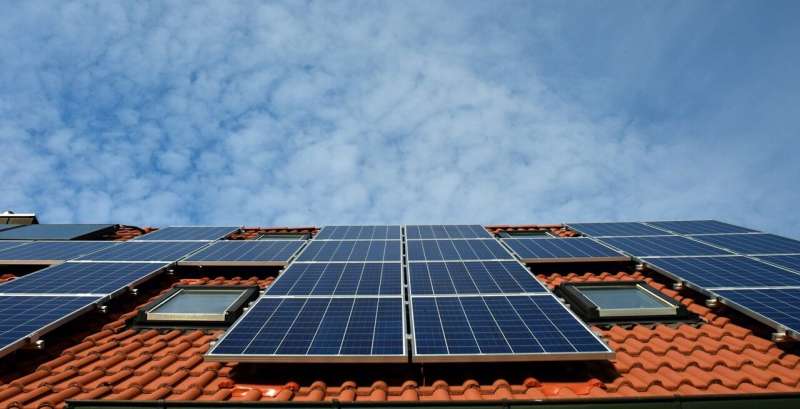The researchers at Macquarie University have developed microwave technology to improve solar cell production and simplify their recycling.

Solar panels are manufactured using a process called annealing, which involves subjecting silicon to high temperatures. At present, the cells are baked in an oven.
A team of researchers at Macquarie University have created microwave technology that enhances the production of solar cells and simplifies their recycling. The researchers have demonstrated that microwave radiation heating is almost as efficient as other heating methods, and it conserves substantial time and energy and provides various other benefits.
Recycling benefits
Microwaving softens the plastic coating on the silicon plate, making it easy to peel off mechanically. This allows for simple delamination and reuse of the plate’s components without harsh chemicals. Previously, dumping solar panels in landfills was economically viable, and recycling involved crushing and heating them to 1400°C and using chemicals to extract plastic, which was energy-intensive. This is changing with the panels now nearing the end of their life and governments requiring recycling.
Selective annealing
Microwave annealing offers various benefits. Its focused radiation allows for precise and selective heating, which is particularly useful for newer panels using heterojunction technology. These panels require fast and targeted annealing. Focusing precisely allows for the directed annealing of specific parts of solar panels, making it suitable for annealing intricate internal structures intended for specialized purposes. Unlike ovens that emit various chemical substances, microwave annealing occurs in a clean environment, resulting in less contamination. Moreover, the process can be carried out at room temperature.
New materials
Ongoing research is investigating microwave annealing as a sustainable energy project to enhance the efficiency of perovskite solar cells. Perovskites, being affordable, flexible, and lightweight, possess semiconductor properties and have the potential to be used in solar cells. Despite the unclear reason, microwave radiation has been found to be more effective than traditional annealing methods, and the research aims to explain this.
Reference : Binesh Puthen Veettil et al, Microwave annealing of silicon solar cells, Applied Physics Letters (2023). DOI: 10.1063/5.0127896








